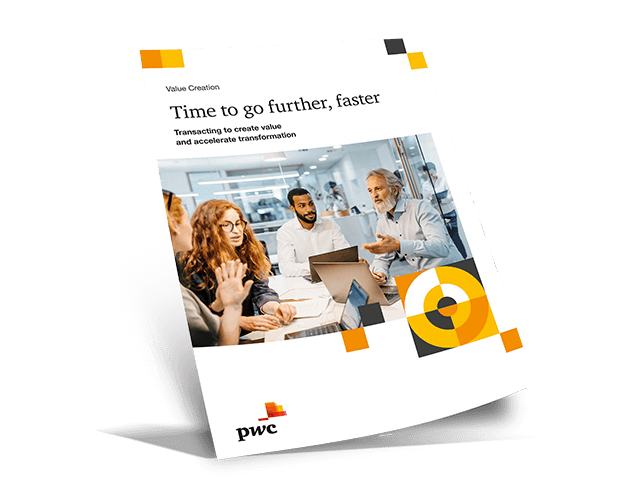Whatever your business priorities, unlocking new ways to realise and protect value is critical.
Our community of specialists can combine in-depth experience with powerful technology to reinvent business models and break into new markets. It all adds up to The New Equation.
What does value mean to you?
More companies are asking what they can do to improve the value of their business as a whole and insulate themselves from future shocks. Our advice? Whether you are seeking to cut costs, maximise the potential of your people, reinvent your business model or break into new markets, start with a Value Creation mindset.
View TranscriptWhat's your value creation story?
Businesses are taking different paths in their pursuit of growth, but what makes each of these strategies successful? Every business has its own unique circumstances, but four broad strategies (which are not mutually exclusive) dominate: investing to grow, divesting and optimising, pivoting, and doing more with what you have.

Investing to grow
Businesses that rode out the pandemic strongly emerged in a good position to build on their strengths. While organic growth can be the right choice for some, for those with a surplus of cash and a healthy balance sheet, acquisition of a promising business can be the go-to option for growth.

Divesting and optimising
Companies that are focusing on their core business, selling off anything that no longer fits with the central strategy or purpose. It’s an increasingly popular strategy – but doing it well takes care, planning and preparation.

Doing more with what you have
It’s very rare that we see true optimisation in large, complex businesses. More value can always be found, whether it’s through more efficient ways of working, maximising the potential for cross selling, or encouraging greater innovation and collaboration.
Time to go further, faster: Transacting to create value and accelerate transformation
In a market where competitiveness relies on adaptability, businesses must transform and create value quickly. Our latest research draws on several sources including a survey of 300 UK corporate leaders to reveal over half (56%) view transactions as the best way to keep up with market developments. From unlocking new sources of value with technology to accelerating decarbonisation, businesses believe transactions allow them to transform faster than would otherwise be feasible.








